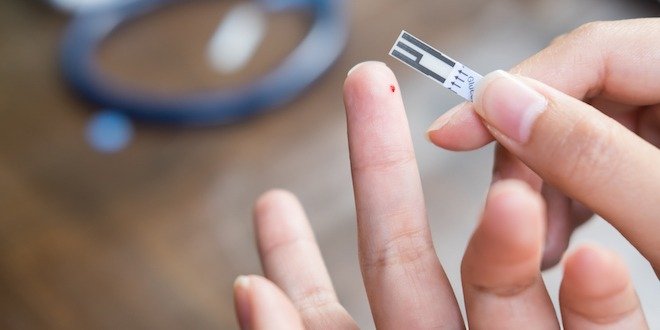
If you are regularly checking your blood glucose levels, you can get the most out of your efforts by learning what the results mean. The best way to do this is to look for patterns in blood glucose levels that suggest when and where adjustments may be needed. For example, if the 2-hour post-lunch glucose level is always high, it may suggest adjustments be made to what is eaten at lunch.
Learning to recognize blood glucose patterns can help to show where changes can be made in the daily routine. This can help avoid glucose levels falling outside the targeted range.
Record your blood glucose results and take these to your diabetes healthcare professional for help in interpreting the numbers.
Start by recording blood glucose results
Most blood glucose meters will record blood glucose readings, which can be a great help. Some blood glucose meters can even help you to identify results that are not in your target range.
Results can also be uploaded to your computer with a software program (available from most blood glucose meter companies) or you can simply write them down in a logbook or notebook reserved for the purpose.
Make sure that details of daily activities are included in the records. For example, instead of just indicating the blood glucose result at 2pm, indicate the activity that occurred in the immediate hours before. Activities could include meals, physical activity or even stressful events. Illness should also be mentioned in the records. Identifying related activities is important to help identify patterns.
It is also important to record the doses and times that medications were taken. Again, these affect glucose level results and may need to be adjusted if levels are consistently too high or low.
Understand what affects blood glucose levels
The different events and causes that make blood glucose levels go up and down are called ‘variables’. Pattern management can help you identify which variables may need adjustments.
Variables that can lead to rises and falls in blood glucose levels include:
- The type and amount of food eaten. It is particularly important to take note of foods and drinks that contain carbohydrates.
- The speed with which the body digests food and creates blood glucose.
- The effect of physical activity on the body.
- The effect of stress on the body
- Medications – especially insulin and some oral medications
- Illness
It is important not to make adjustments to the routine after just one or two readings. Instead, take the blood glucose records to a diabetes healthcare professional. They will show you how to properly interpret the patterns and will make appropriate recommendations.
For information about recommended blood glucose ranges, read our article What are normal blood sugar levels?
If you are newly diagnosed with diabetes, you may also find it helpful to read our article How to check blood glucose levels.


